What does a meadow moth look like and how to deal with it?
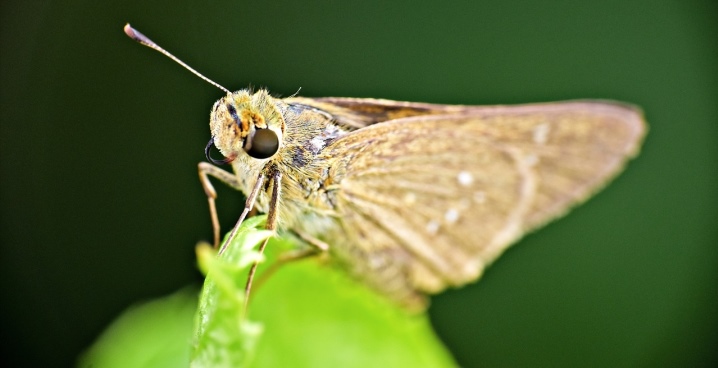
The meadow moth is one of those insects that are capable of producing a large-scale outbreak, which significantly harms agricultural crops. This insect consumes most of the crops that a person cultivates for himself. In addition, the meadow moth is highly harmful. These are mainly caterpillars. Butterflies can travel long distances and explore vast territories. It is these features that made the insect one of the most dangerous for crops.
Description
The meadow moth develops gradually - these are four phases: a caterpillar emerges from the egg, later it goes into the stage of pupal formation, and then an imago appears - a butterfly.
If the necessary conditions are present, the butterfly begins to multiply rapidly. It:
- a large amount of food;
- air temperature from 20 degrees with a plus sign;
- sufficient humidity.
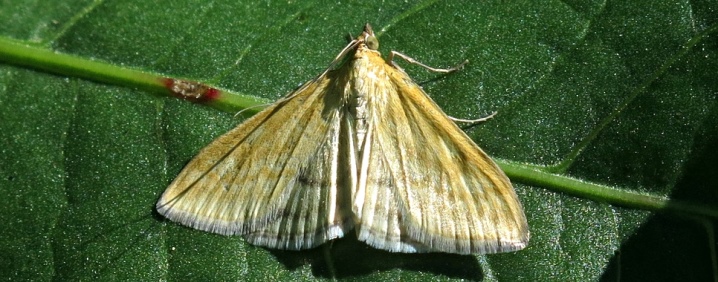
Mating is started by individuals who have already reached sexual maturity. After the butterfly has left its cocoon, it starts laying eggs (5–7 days). Eggs can be seen on the outside of the leaves, sometimes on the stems and rarely on the soil. They overlap. From the side it is very similar to shingles. In this mode, the insect spends about two weeks.
The terrible thing is that one female of this individual can lay up to 600 eggs. The most prolific are those insects that ate beets.
When the air temperature rises to 27 degrees, and its humidity is 75%, it takes 2-15 days for the larva to develop. Half of the eggs will not survive until the larvae hatch if the humidity level drops to 45% and the temperature rises to 30 degrees.
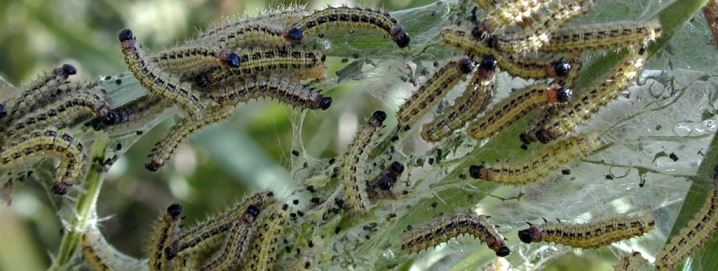
Young larvae eat the underside of the leaf, resulting in the formation of "windows" on it. At this stage of development, the meadow moth does not affect grain crops, including corn, and if this happens, the entire population dies.
The absorption of cereals begins in the third phase of development. In total, the list of cultures that can affect the moth is 200 items. After the invasion, only the skeleton of the plant remains in the web and nothing else. Sometimes even cuttings are eaten.
From 15 to 30 days, the larvae eat a lot, then they hide in the ground, there they create a cocoon and pupate. A butterfly appears two weeks later. She is already ready for reproduction, respectively, the population increases significantly.
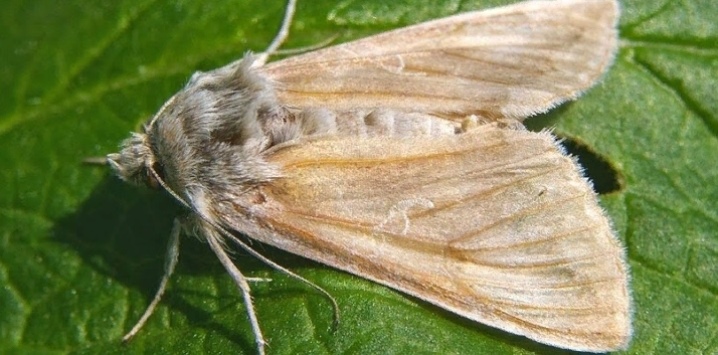
Fully adult moth is gray-brown. In a calm state, it looks like a triangle. Its wingspan is 25 mm. The flight of the moth is characterized by rapid zigzag movements.
The caterpillar looks very beautiful, has a greenish-gray coloration and dark stripes on the back and sides, between which there is a sinuous yellow line. The head is black, with a white pattern.
Caterpillars feed on both cultivated and wild plants, they live on them. The most popular are sugar beets, peas, melons and vegetables. Can be seen on corn, rapeseed, sunflower and flax.
The caterpillar also feeds on wormwood, mountain ash, bindweed, and even bitter and poisonous grass. During its entire life span, it sheds four times. The most harmful period of a caterpillar's life is 2–5 years, then its length is from 0.8 to 3 cm. At this time, the caterpillars feed all day and stop only for molting.
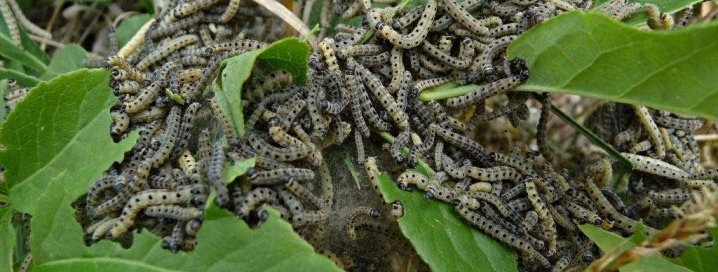
The clutch of larvae is noticeable on crops. Often a pest is found in the country. During the period of active growth, the insect can destroy most of the crops.From the outside, it may seem that such an insect cannot cause big problems. In fact, the harm is caused not so much by the butterfly as by the offspring that it gives.
For the winter, the insect hides in a cocoon. It is he who is the main protection against cold and other adverse conditions. Such pupae remain alive even at an air temperature of 30 degrees. With the onset of spring, they react poorly to frost.
The first generation of moths appears after wintering (approximately in the month of April). In the north - only at the beginning of summer.
The greatest activity is observed at night. During the day, when the sun is hot, meadow moths hide in dense grass or under leaves.
The nectar of flowering plants is the main food for the butterfly. If necessary, they can even cover 900 kilometers, which is why their migrations are called active.
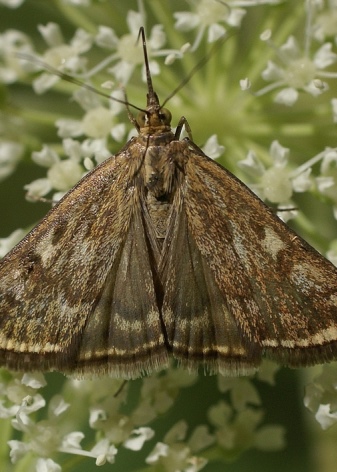

What harm does the pest cause?
The insect's harmfulness threshold is large - it is 10 individuals per square meter. Typically, such coverage occurs at a plant growth phase of 6 leaves. When flowers appear, the numbers increase even more. The same square meter has 20 tracks. They are dangerous for many agricultural plants, which is why it is so important to start fighting the pest in time.
When insects spread over the territory en masse, there is a lot of competition for bees. Beekeepers are not particularly happy about such a neighborhood, since then their amount of honey is significantly reduced.
The first generation of caterpillars eats all the weeds on the side of the road. The second generation does not reduce its appetite; alfalfa, sunflower, beetroot and other crops are used. Depending on how much the population has grown, the yield level can be halved, and sometimes it is completely destroyed by the pest completely.
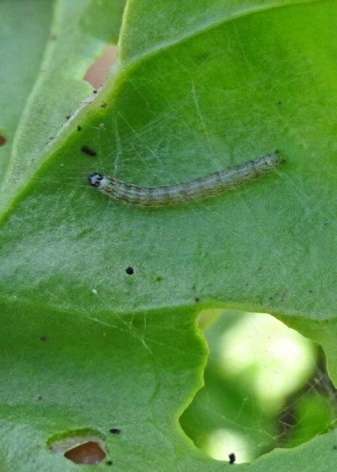
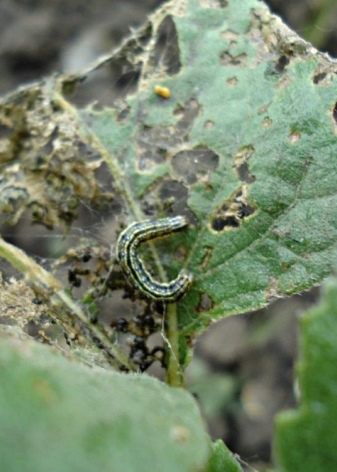
By their gluttony, the larvae of the meadow moth can only be compared with the locust. So far, it has not been possible to understand why outbreaks occur in cycles. There are only suggestions that climatic conditions, as well as mass migration, become the main reason. During migration to new territories, butterflies manage to avoid their natural enemies.
Control measures
To get rid of the insect, you can poison with special preparations and use folk remedies. An insecticide against a moth works well. They need to process at a certain time.
Once every 8-10 years, the insect is massively spread. A large accumulation of caterpillars is ready to conquer more and more new areas, eating everything in its path.
At a temperature of + 17 degrees, the moth begins to actively reproduce, but only if there is sufficient humidity. Drought contributes to population decline as the butterflies remain sterile.
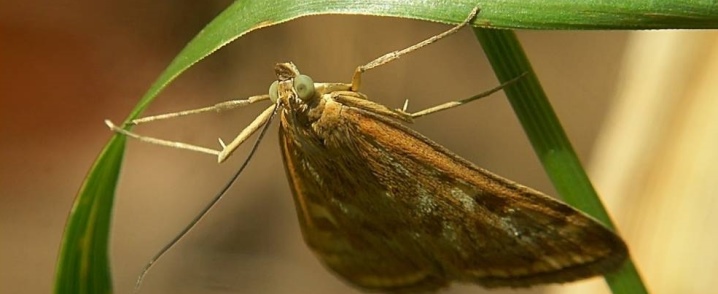
Industrial drugs help in the fight. This is an effective, but sometimes quite expensive crop protection.
Before using one of the effective means, monitoring is carried out. Places of mass accumulation of the insect are being established. When numbers become threatened, processing is carried out.
Areas caught by the caterpillar must be plowed deeply. After loosening, plant seeds are scattered. A young caterpillar, covered with earth, cannot get out.
It is also advised to destroy weeds not only on field crops, but also on side roads and in the area of preliminary tillage. This must be done before the summer moths appear. You can destroy weeds using the Gelfam or Hurricane Forte preparations. The first results after treatment with these agents will appear in a week. Because of the medication, the moths have nowhere to lay their eggs, and they have to fly further. Even if they have to lay eggs, the hatched larvae will not have food.

Agrotechnical
In order to efficiently deal with a moth in the garden and in the fields, you can use agrotechnical methods.
- To prevent the damage of the fields by the meadow moth, it is worth carrying out deep plowing of the soil in early spring. Not only caterpillars, but also pupae, which were under a large layer of earth, are unable to crawl to the surface, which inevitably leads to their death.
- Simple mowing of grass and weed control are very effective, in which the insect likes to wait out the heat of the day. Even butterflies become sterile from lack of moisture.
- Harvesting wild herbs is worth not only in the garden or field, but also along the side of the road, and in other nearby areas.
- At the dacha, you can carry out simple loosening, clean the aisle, huddle the plants.
- It has already been proven that harrowing brings the proper result in the matter of pest control.
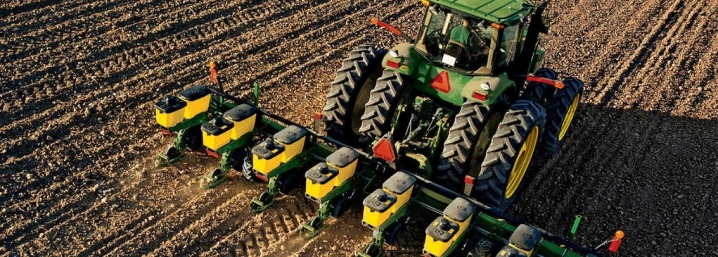
Mechanical
The mechanical method of struggle is considered the most difficult and ineffective, since it can be used only in a small area.
First, you should remove all the caterpillars and larvae from the garden with your hands. Only after this do we begin to remove the weeds.
You need to understand that if you remove plants inadvertently infected with larvae, the insect can get to healthy plantings.
Experts have noticed: the less weed in the garden, the less likely it is to become infected with a meadow moth. That is why it is so important to keep the beds clean and not clog them.
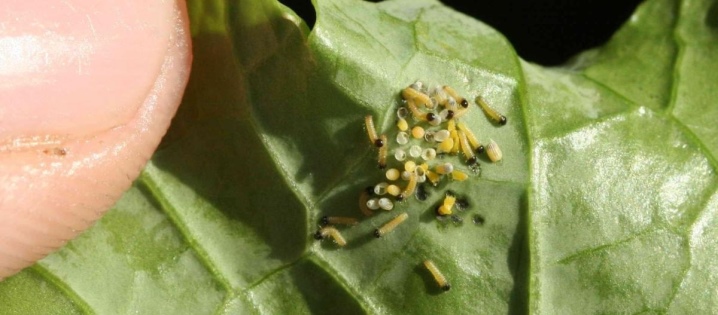
Biological
The described insect also has a natural enemy that helps to fight the problem. We are talking about entomophages.
Before the moth begins to fly in the fields with crops, a trichogram is specially released on them.
In simple terms, it is a parasite that lodges in moth eggs and destroys them. Depending on which population of butterflies was identified during the monitoring process, the rate of release of the parasite to the fields with plantings is also determined.

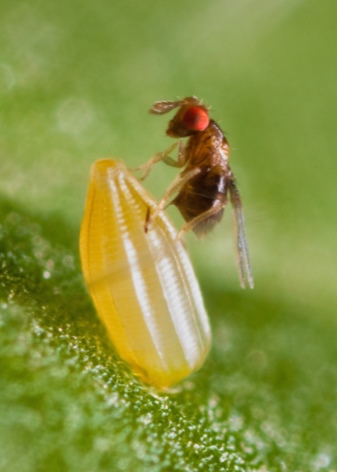
The procedure is carried out not once a season, but 2 or 3. The interval is 4–5 days. This fight has proven effective over the years, eliminating the need to use chemicals.
There are other parasites that can help in the fight against the meadow moth - the tahina fly and the larva of the wasp. Can contribute to the development of the crop and birds, besides them, and the ground beetle.
There are biological products on the market that are often used in insect control:
- "Bitoxibacillin";
- "Lepidocide".
The first is applied at a rate of 2 kilograms per hectare, the second - from 0.6 grams to 1 kilogram on the same area.
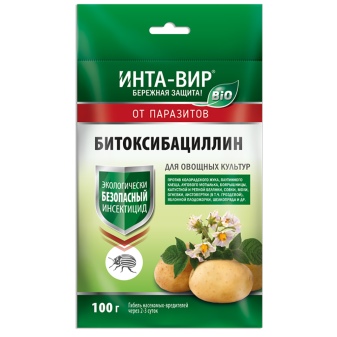
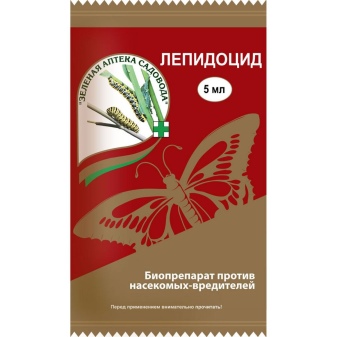
Chemical
When a defeat is spontaneous, massive, chemical agents are used. An airplane or specialized transport is used for processing. The ideal time for cleaning is early in the morning or in the evening, after sunset.
It should be understood that such funds have proven their effectiveness on young caterpillars, the older generation has developed resistance to insecticides.
Most often, "Fufanon" is used with the calculation of 0.6-1 liters per hectare, "Metaphos", which must be 20%, required for the same area of 0.5-1.5 liters. You can also use "Karbofos" and "Decis". The first is used in the same proportion as "Fufanon". The second is at the rate of 0.25 liters per hectare.

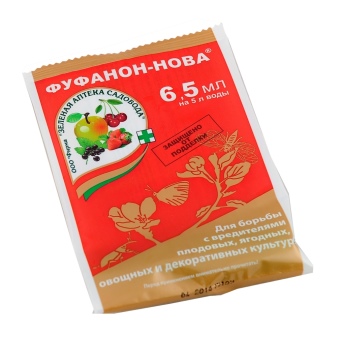













The comment was sent successfully.